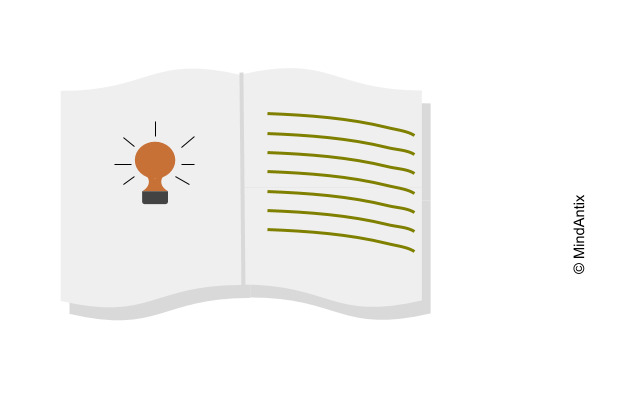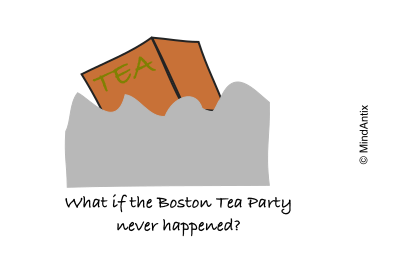With current school closures and approaching summer holidays, most parents are worried about the impact of extended breaks on learning for their children. While most of us associate academic work with learning, there are many different ways for children to learn and build crucial skills during these times. Students learn as much, if not more, from play and social interactions than with pure academic work.
Here are three different ways to stretch your child’s thinking and build cognitive skills like creativity and critical thinking, in a much more stress free way.
Reframe challenges as opportunities
One powerful way to build an innovation mindset is to reframe problems as opportunities that are just waiting for a creative solution. The easiest way to find problems is with day to day activities and chores that children engage in.
Ask your child what activities and chores they find inconvenient and how can they improve that experience. When posed as a challenge, children can come up with clever ideas. One of our students, who found cleaning his pets’ cages gross, came up with a clever idea of a new kind of trash bag with drawstrings all around that can be used to line the cage. When you need to clean the cage, you just have to pull the drawstring and all the mess gets caught in the bag. Another student came up with the idea of a remote controlled mechanism to take out regular trash so you don’t have to carry a stinky bag for a long time.
While not all ideas will be immediately helpful, it helps children to start thinking of problems as opportunities that they can find clever solutions to.
Join the imaginary play
Young children can spend, what often feels like, an inordinate amount of time in imaginary pretend play. However, pretend play is also a child’s cognitive playground – where they can freely practice how to think and problem solve in different situations – and in the process build a deeper understanding of the world around them.
In more elaborate forms, pretend play can grow into fantasy worlds or paracosms, where a child constructs an entire imaginary world with its own rules and systems. Michele Root-Bernstein, Professor and creativity scholar, found that engaging in building fantasy worlds as a child was indicative of creative accomplishments in adulthood. Highly renowned people across different disciplines like the Bronte siblings, Nietszche and Mozart invented imaginary worlds, as did a large number of MacArthur genius award recipients. She believes that the creativity involved in building fantasy worlds, equips children with skills like imagining, empathizing, modeling, problem solving and rule-breaking that are essential for any creative work.
Pretend play and paracosms also provide an opportunity for parents and other family members to help stretch their child’s thinking. You can join your child in their fantasy world and co-create situations that need to be addressed or problems that need to be solved. In doing so, you give them a safe space to experiment with ideas while building a deeper understanding of society.
Add counterfactual thinking to reading time
The benefits of reading books with your child, from cognitive to social emotional are well known. In a study designed to understand the effect of reading in toddlers, children were assigned to an intervention group or a control group. The intervention group received age appropriate books and additional reading time compared to the control group. The results of the study showed that families in the intervention group that did shared reading with their toddler groups, and not just reading aloud, showed significantly larger vocabulary scores compared to the control group.
Parents can give an additional boost to shared book reading times by adding counterfactual thinking, which builds both creative and critical thinking. Save some time after reading a book together to discuss the book and pose additional questions. You can create different counterfactual questions by modifying or adding an event in the story or by changing characters and settings. For example, what would have happened if Dumbledore never gave Harry Potter the cloak of invisibility, or what would the story of Snow White look like in modern times? Sharing your ideas to the same prompts after your child shares theirs can help improve their ability to think in more diverse ways.
The original version of this article appeared on edCircuit.



